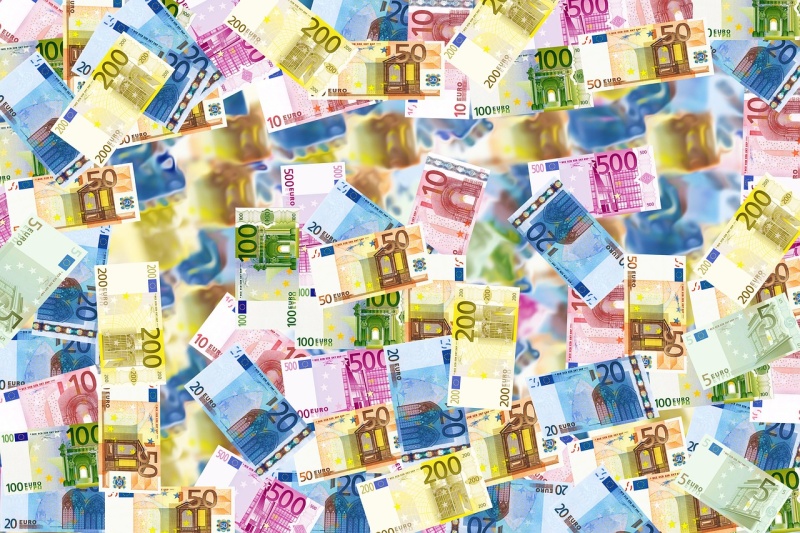The inflation rate in European Union countries fell by half a percentage point to 3.1% in November, marking the lowest level in nearly two years, according to the latest Eurostat report. An analysis of data from the 27 member states revealed that the highest rate of price growth was recorded in November in the Czech Republic (8% year on year). In Hungary, prices increased by 7.7% year on year. In Slovakia, inflation dropped to 6.9%. Meanwhile, in Poland, the pace of price growth remained at the October level, reaching 6.3%. On the contrary, there is already deflation in Belgium, where prices fell by 0.8 percent year-on-year.

According to Eurostat in eurozone countries the inflation rate also fell by half a point in November to 2.4 percent. Photo by angelo luca iannaccone/Pixabay
According to the report published on December 19, 2023, compared to October, the annual inflation rate decreased in November in 21 member states, remained unchanged in three countries, and increased in three others states.
Belgium experienced a 0.8% decrease in prices over the year. After Belgium, Denmark had the lowest inflation rate in EU countries at 0.3 percent. The third best was Italy, where prices rose by 0.6 percent year-on-year.
On the contrary, the fastest pace of price growth was observed in the Czech Republic (8%), Hungary (7.7%), as well as in Slovakia and Romania (each with 6.9%). Countries with inflation rates above the EU average included Poland (6.3%), Croatia, and Bulgaria (both 5.5%), Austria (4.9%), Slovenia (4.5%), Estonia (4.1%), Malta and France (both 3.9%), as well as Spain and Sweden (both 3.3%).
Despite still recording high figures, it is worth noting that a year ago, inflation in Hungary was at 23.1%, in the Czech Republic at 17.2%, in Poland at 16.1%, and in Slovakia at 15.1%
Źródło: Facebook/Eurostat
According to the latest Eurostat data on annual inflation in the European Union, it was observed that the primary driving force behind the annual inflation rate in the euro area was services, making the most substantial contribution at +1.69 percentage points (pp). Following closely were the categories of food, alcohol, and tobacco, contributing +1.37 pp, non-energy industrial goods with a contribution of +0.75 pp, and energy exerting a dampening effect at -1.41 pp.
(J)
